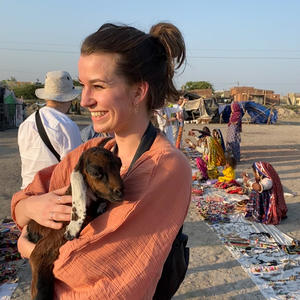6 Monster Legends From Around the World
There's no better way to celebrate the spooky season than with some scary monster legends from around the world! Let's take a look at what spine-chilling stories are shared in cultures from the Caucasus all the way to Japan...
La Llorona from Mexico
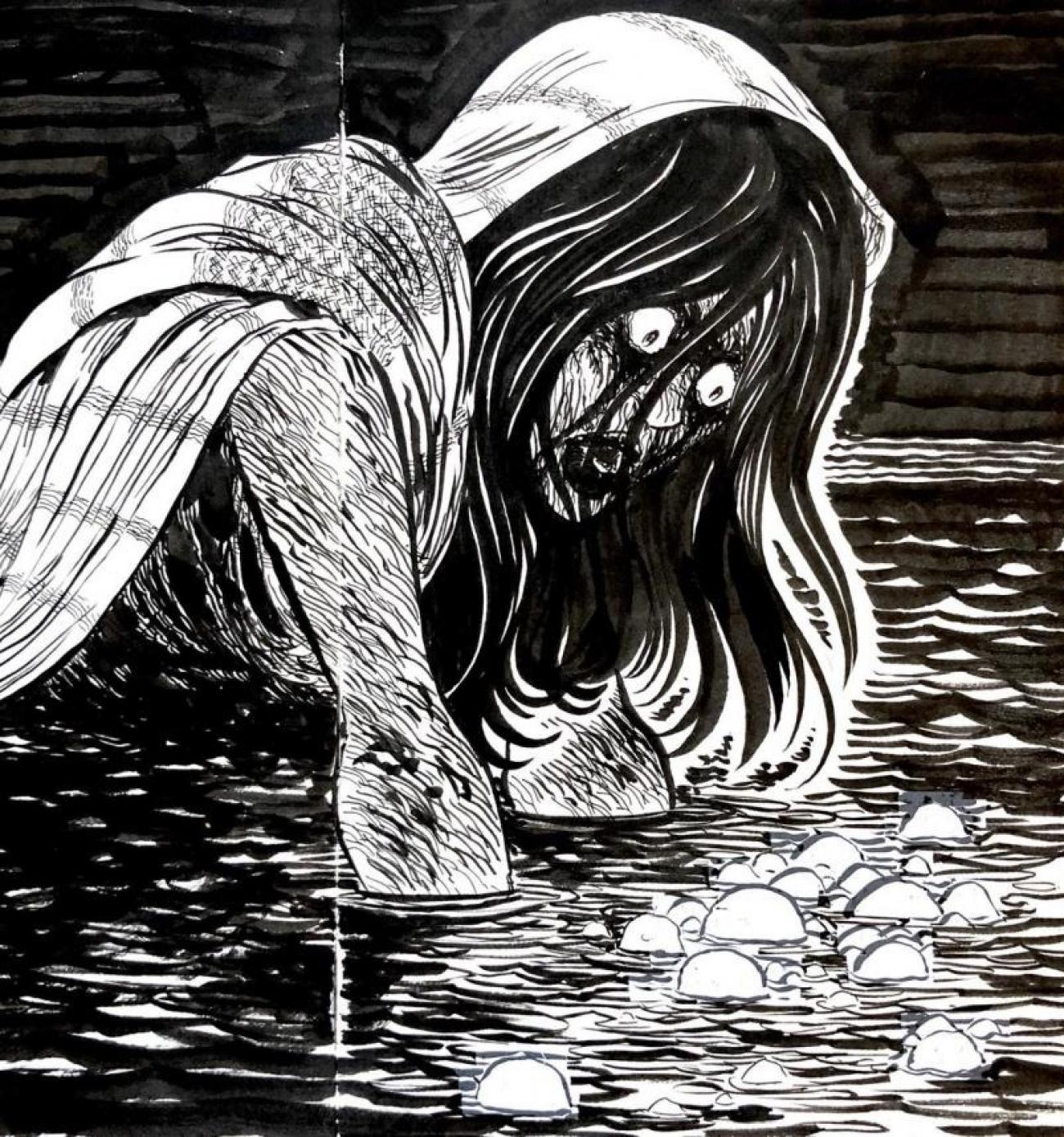
Isn’t it interesting that one of the stranger things that unite human beings across the globe is the culture of telling scary stories of ghosts and monsters to keep children in check? It’s comforting that no matter our differences, we can find camaraderie in dousing young minds with nightmare fuel.
Well, one such story that has been putting the heebie-jeebies in the children of Mexico (and other Central/South American countries, and the USA) for generations is that of the weeping woman, La Llorona.
This legend has been told for hundreds of years and of course, varies slightly on who's telling it. The gist of the story is that La Llorona had two children with her husband until one day, he leaves her for another woman and in a blinding moment of rage, commits the ultimate act of revenge. She leads her two children into a river and drowns them both. When she realises what she's done, she is so overcome by grief that she takes her own life next. Unable to enter the afterlife, she returns (or is condemned) to wander the land in search of her children.
She roams in white robes, wailing near bodies of water. Some accounts claim that she'll indiscriminately drag passing children to a watery grave, some that she specifically targets adulterous men or, well, that anyone is fair game. So if you see a woman in white crying near the water, better not take any chances and high-tail it in the opposite direction, whoever you are.
Adze from Togo
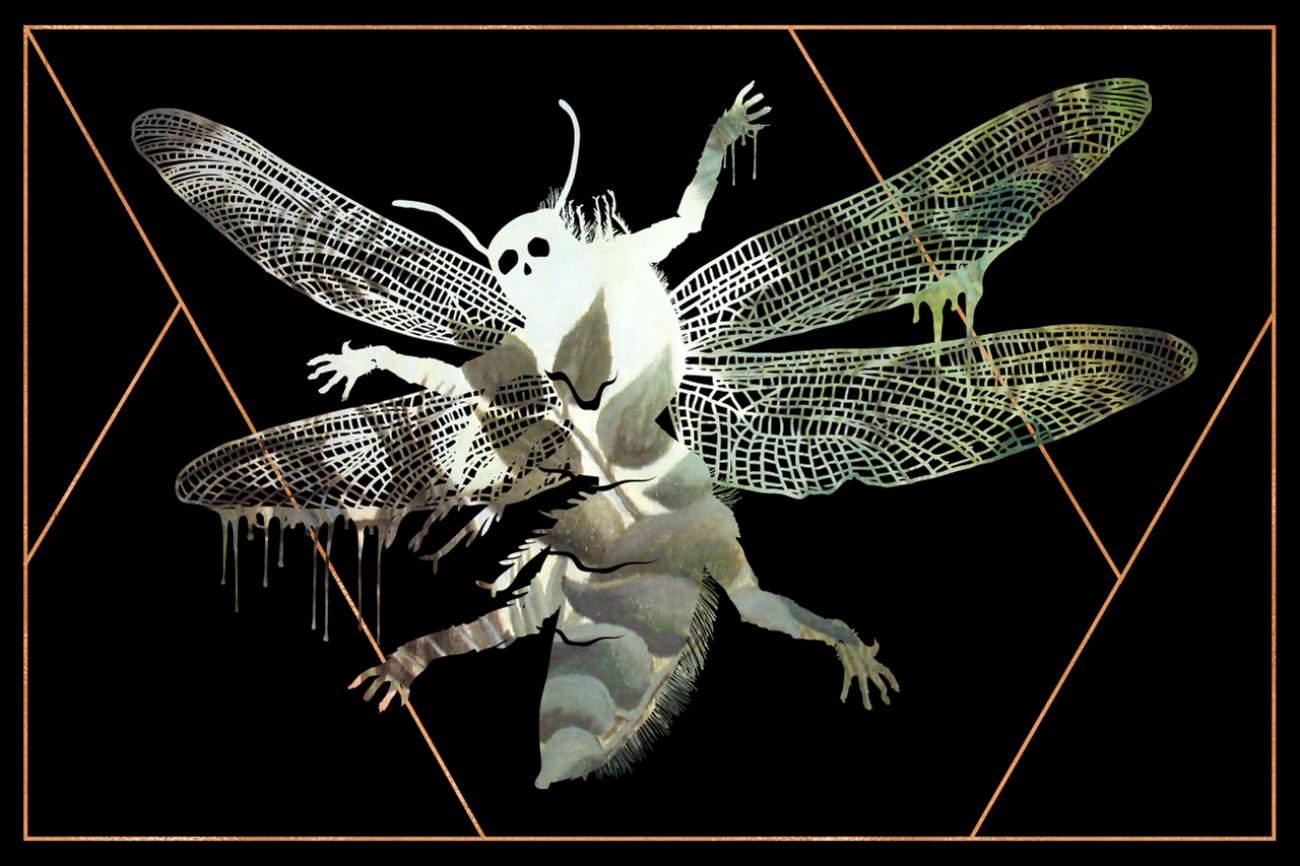
This monster hails from West Africa, notably Togo and Ghana, and for centuries has struck fear in the Ewe people of the region. The fearsome Adze can shapeshift and appears in the form of a mosquito or firefly. The adze slips through keyholes or under doors and preys on unsuspecting victims (naturally, it has a proclivity for children’s blood most of all) by biting them and draining them of life or possessing them. Historians believe the legend of the adze may have been born out of a genuine fear of contracting malaria from mosquitos and the powerlessness the Ewe people felt against this often fatal disease.
The adze is said to possess women more frequently and signs of adze possession include jealousy and infertility. Even more unfairly, once possessed, the victims are considered witches and will negatively affect those who live with the host.
Their natural form looks humanoid and hunchbacked, with long talons and jet-black skin. They’re pretty impossible to defeat - it’s said the only way to fight it is by drawing it out of its host, which is incredibly dangerous, or through intensive prayer.
Various Yurei/Yokai from Japan
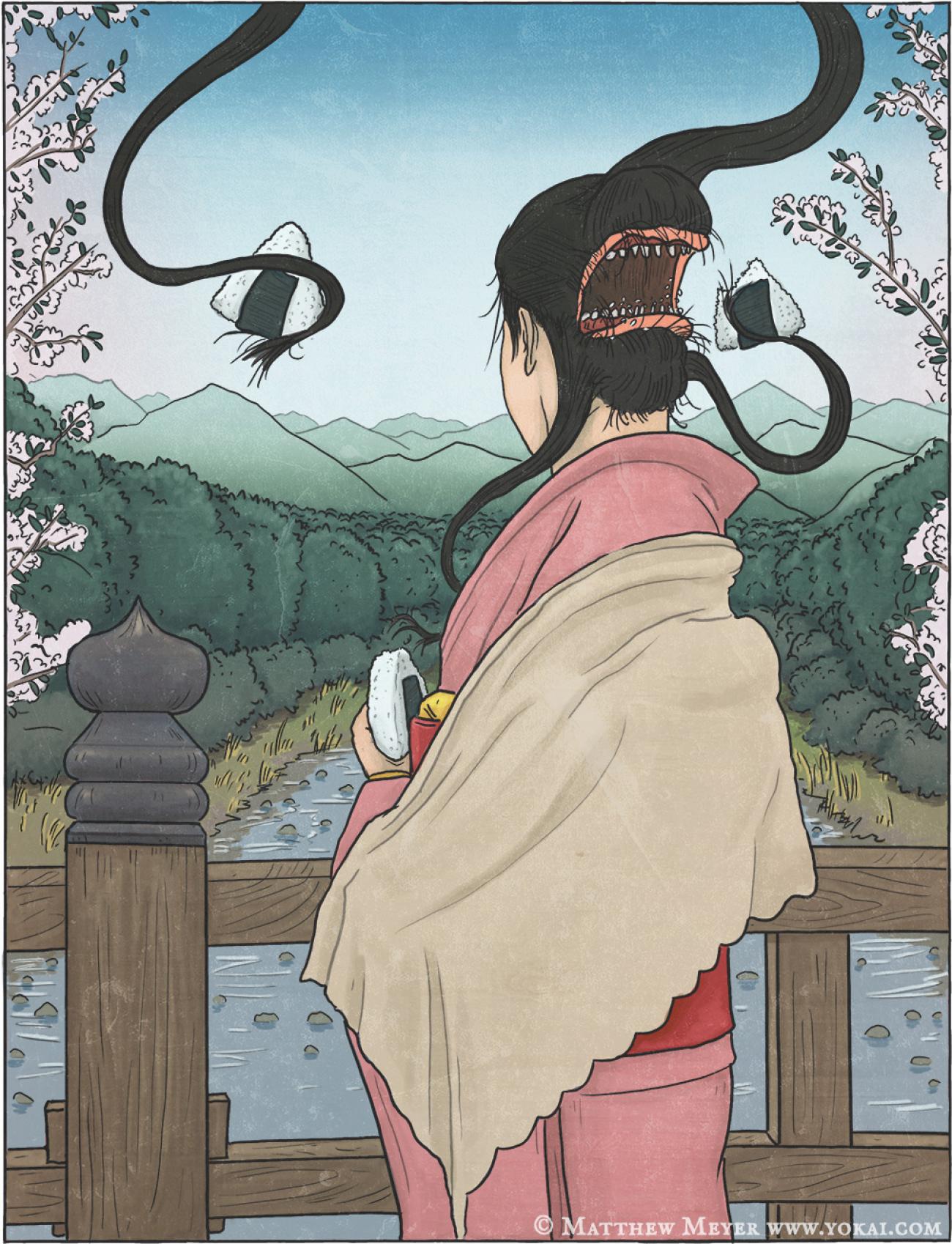
If there was ever a postcard destination for disturbing, horrifying or just plain bizarre myths and legends, it might be Japan. There are so many yōkai (supernatural beasts or spirits) that it’s worth mentioning a few just to give you an example of the sheer breadth and scale of the horror, THE HORROR.
First up let us introduce you to Futakuchi-onna who, according to folklore, was once married to a miserly old man who rarely supplied her with food. As a result, she grew a second mouth on the back of her head. Her hair even acts like tentacles, grabbing nearby food to feed the second mouth. It screams obscenities if it doesn’t get fed (relatable).
Then, for the sake of Halloween, there’s the Gashadokuro - a giant skeleton that forms from masses of bones from those who have died without proper funeral rites, say after famine, called Gashadokuro. It’ll prey on lone travellers, cut their heads off, drink their blood and incorporate their skeleton into its own.
Also, there’s the sentient, murderous piece of cotton that just floats on the wind and will strangle or suffocate you if it happens to blow in your direction.
Honourable mention goes to the Kamaitachi, translated as ‘sickle weasel’, which is, brace yourselves, three weasels that roam around cutting people's legs off. One weasel knocks the person down, the second wields the sickle, removing the legs, and the third - rather considerately because it is still Japan after all - sews up the wounds, all within the blink of an eye.
If centuries-old folklore has roots in teaching children lessons on morals and consequences, it’s probably best not to go anywhere or do anything in Japan for fear of, well, everything.
Pichal Peri from Pakistan/India
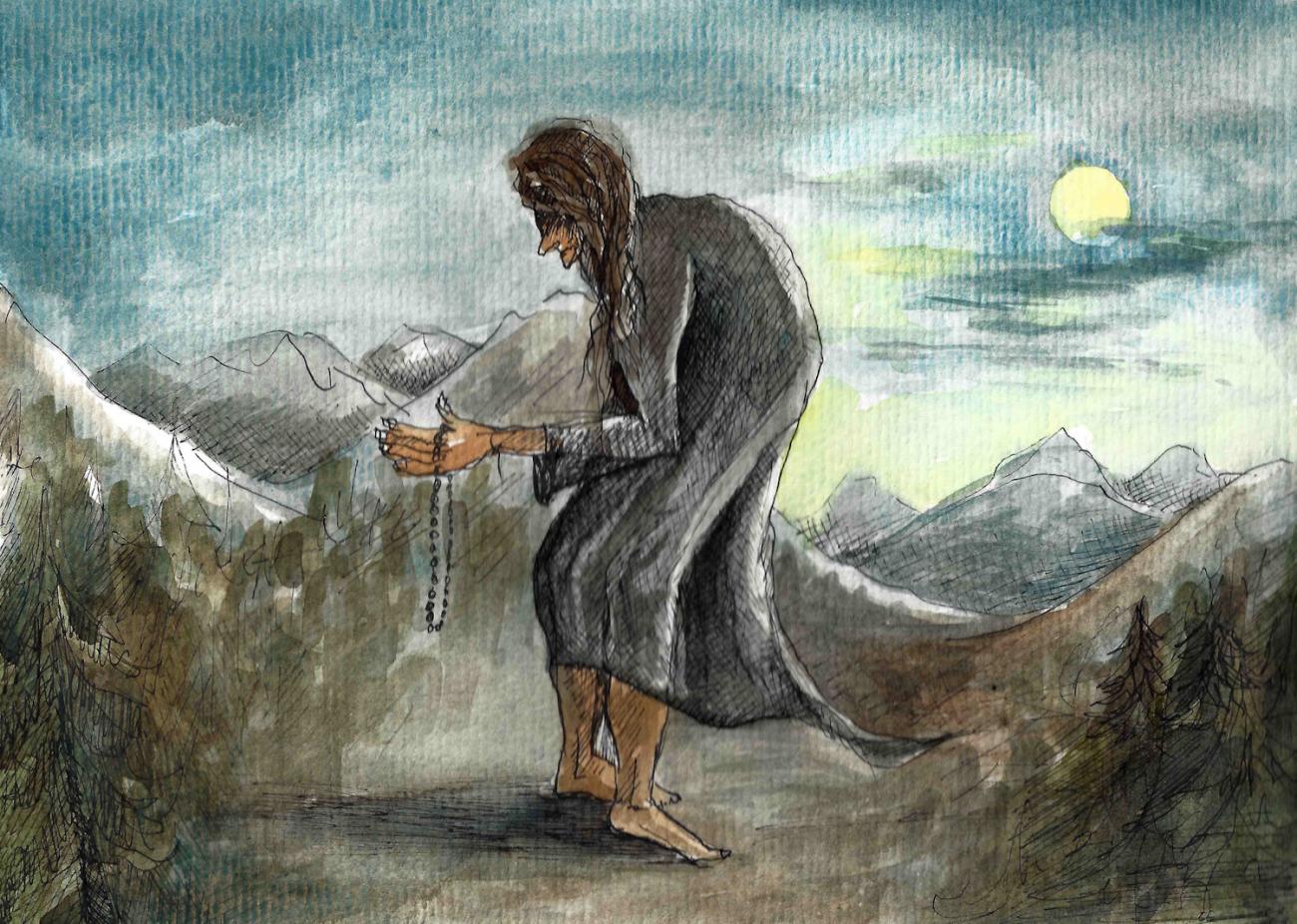
Said to roam the mountains of Pakistan and the Himalayan foothills of India, the Pichal Peri appears as a beautiful woman with long flowing hair covering her face (they never have a cute bob style do they?) who would probably look fairly innocent, until you cast your eyes down to her feet and notice that they’re backwards. Which is pretty horrifying.
She preys on lone men in wooded areas, sometimes luring them off to an untimely death, but she’s also partial to simply giving the odd passerby a good scare. Some accounts say a Pichal Peri is the vengeful ghost of a woman who may have died in childbirth or suffered at the hands of cruel in-laws, which is why she will specifically target men. Village elders believe the Pichal Peri is the reason so many people perish in the mountains.
Al - the Caucasus, Iran, Central Asia, and Armenia
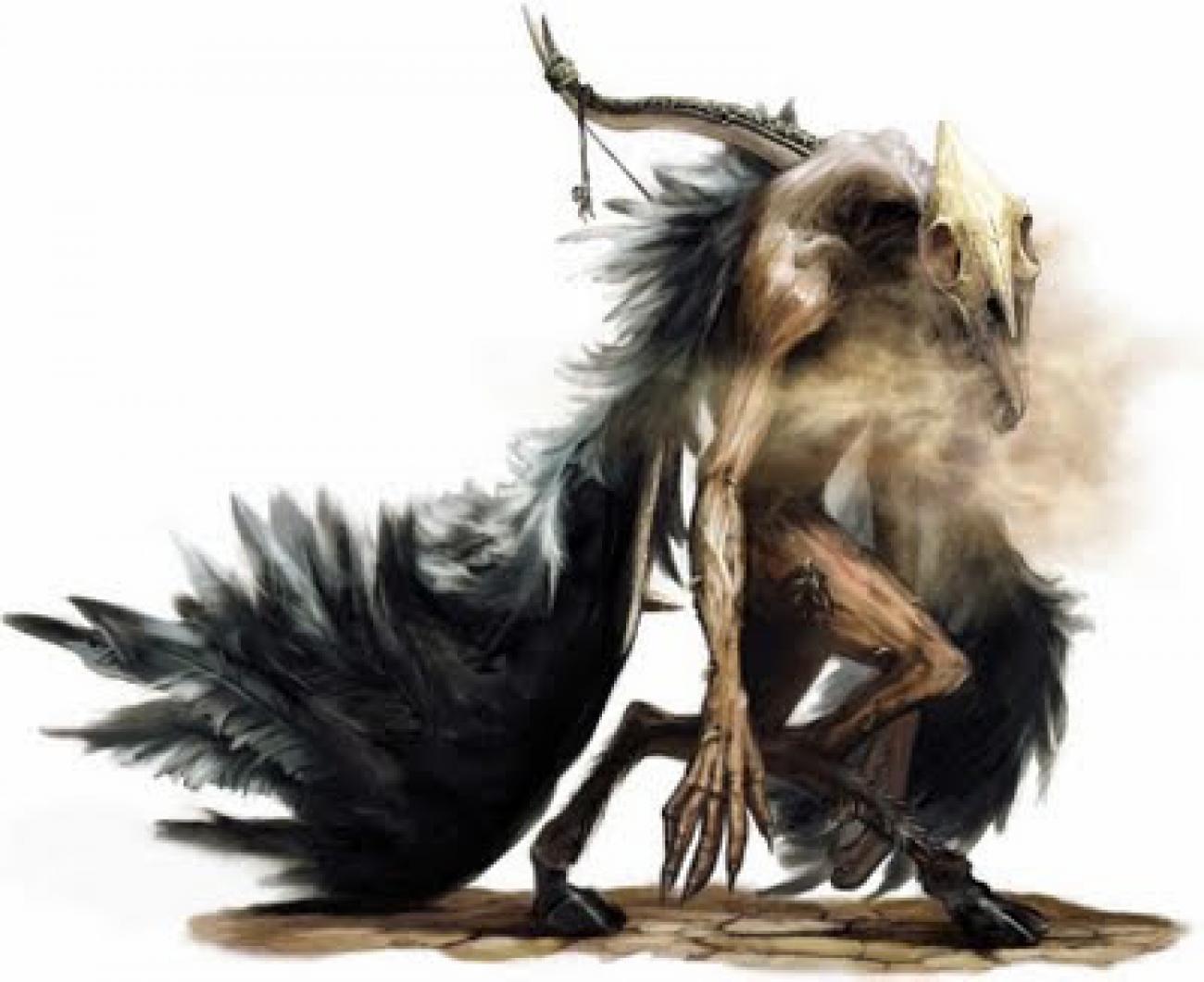
Definitely not your long-lost pal, the Al appears in folklore from the Caucasus, Iran, Central Asia and Armenia and is a demon of childbirth. It will go by many different names and will vary in appearance across cultures, but they’re typically crone-like. In Armenia, it appears with sharp fangs and copper claws with the tusks of a wild boar. In Iran, it’s more of a bony, thin old woman and in Central Asia - fat, ugly and hairy. Common features seem to be a clay nose and sagging breasts, however, they can be male or female.
The modus operandi of the Al is particularly disturbing. They are said to steal the lungs, livers and hearts of women in childbirth, pregnant women, and women who have just given birth. They also cause miscarriage and can steal babies forty days after childbirth. They do replace them with imps though if that’s any consolation. When the Al steals a woman’s organs, it will attempt to escape and once it crosses a source of water, the unfortunate victim of the Al can no longer be saved.
The Yeti from the Himalayas
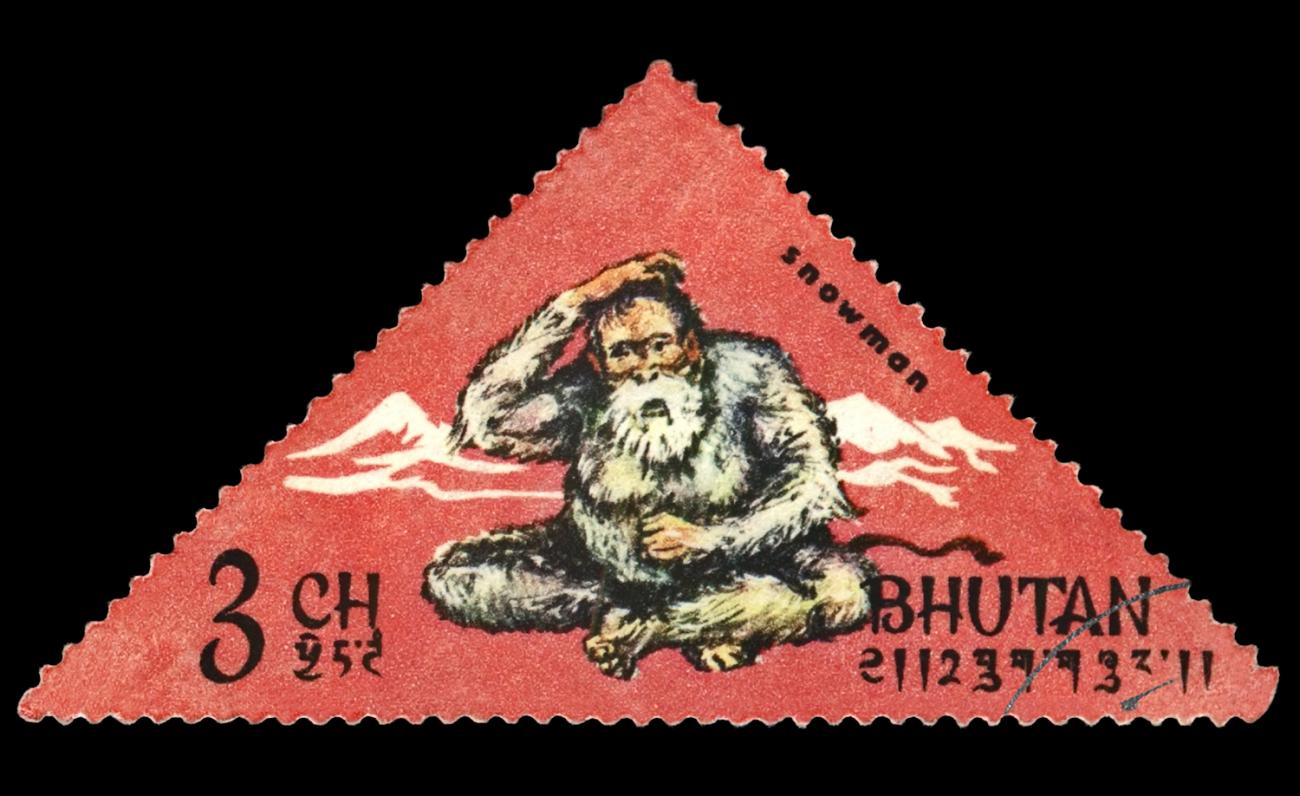
The Yeti may arguably be one of the most famous monsters in the world, alongside its north American cousin Bigfoot. Legend abounds from all across the Himalayas to Mongolia and Siberia. Bhutan even commemorates the beast on a stamp. As you probably well know, the large bipedal cryptid - ape-like in appearance and covered in white fur - is purported to be very large, muscular and violent.
The ‘abominable snowman’ was originally part of the culture and mythology of the people of the Himalayas and within some groups, was even revered as a nature spirit before entering popular Western culture in the 19th century. Mostly though, the Yeti was a figure of danger in early Yeti stories, with the moral of those tales a warning about the dangers of wild animals.
